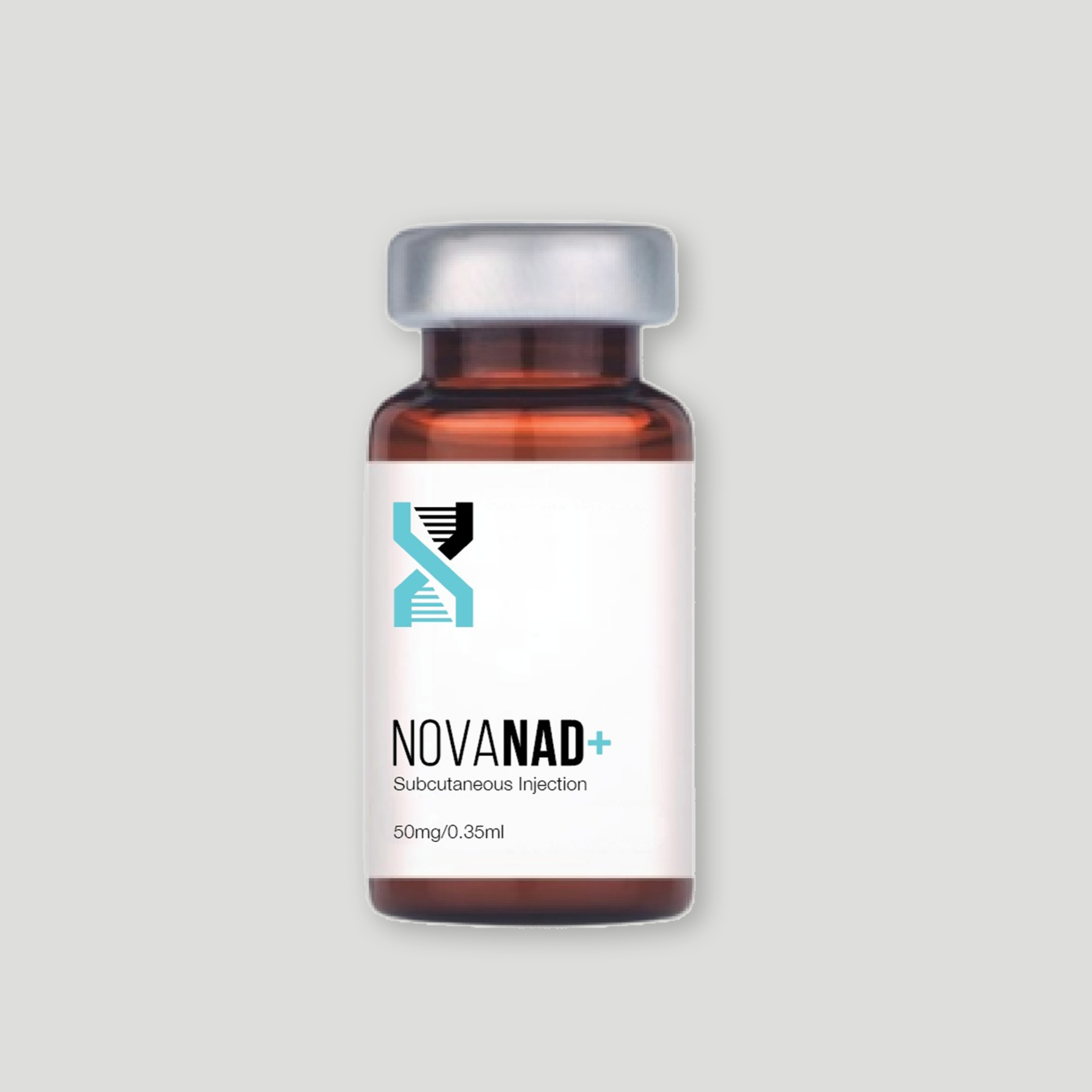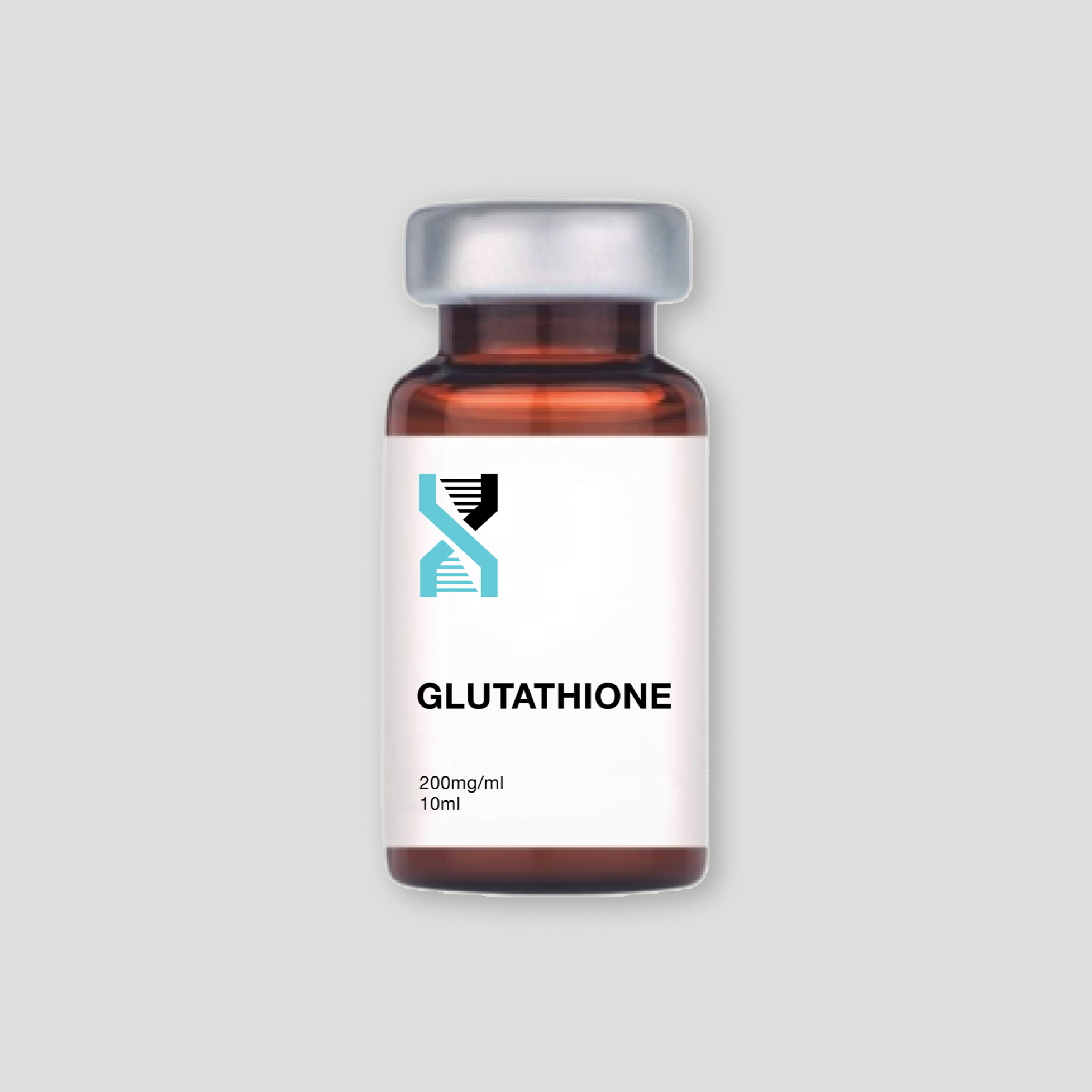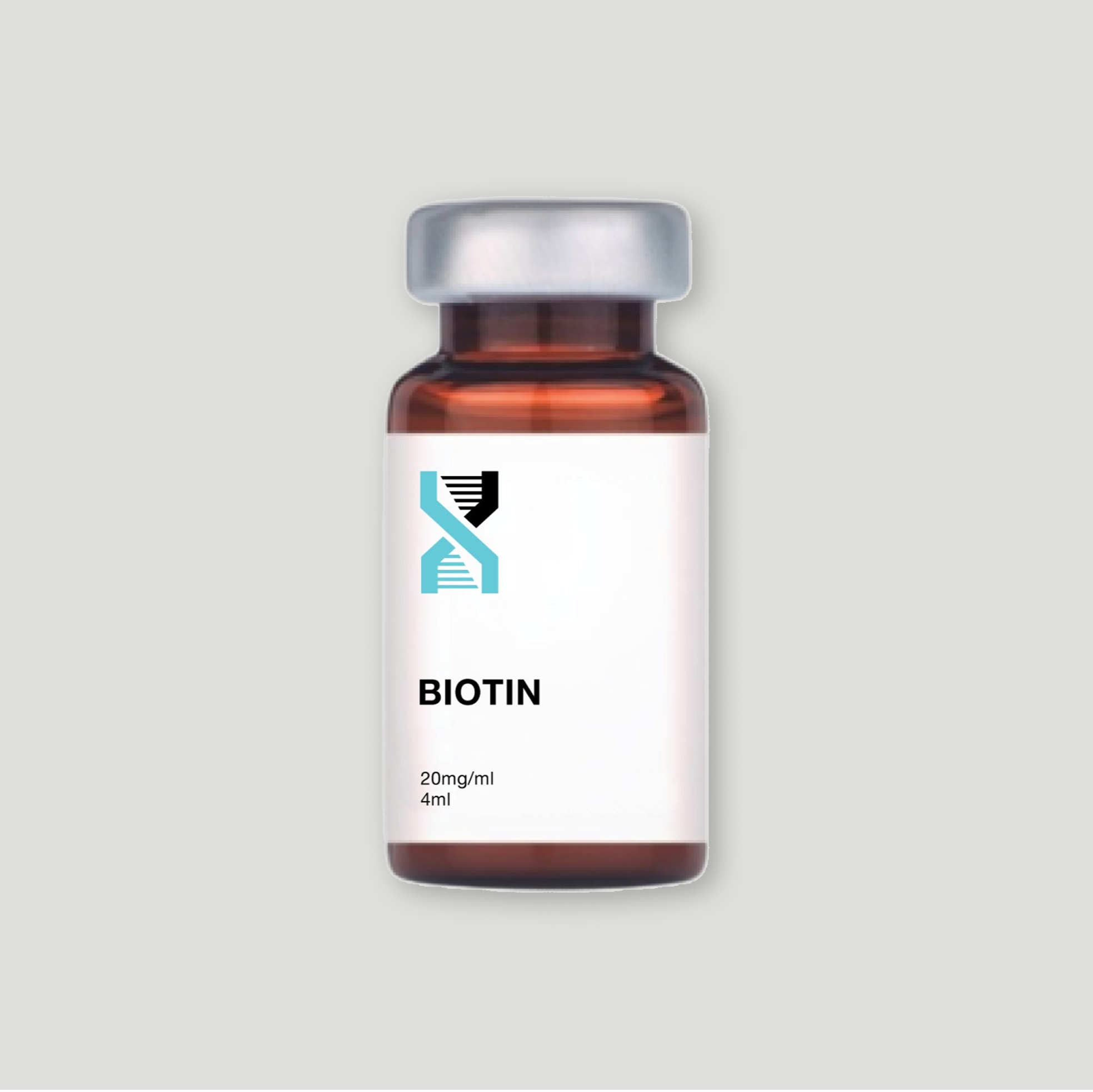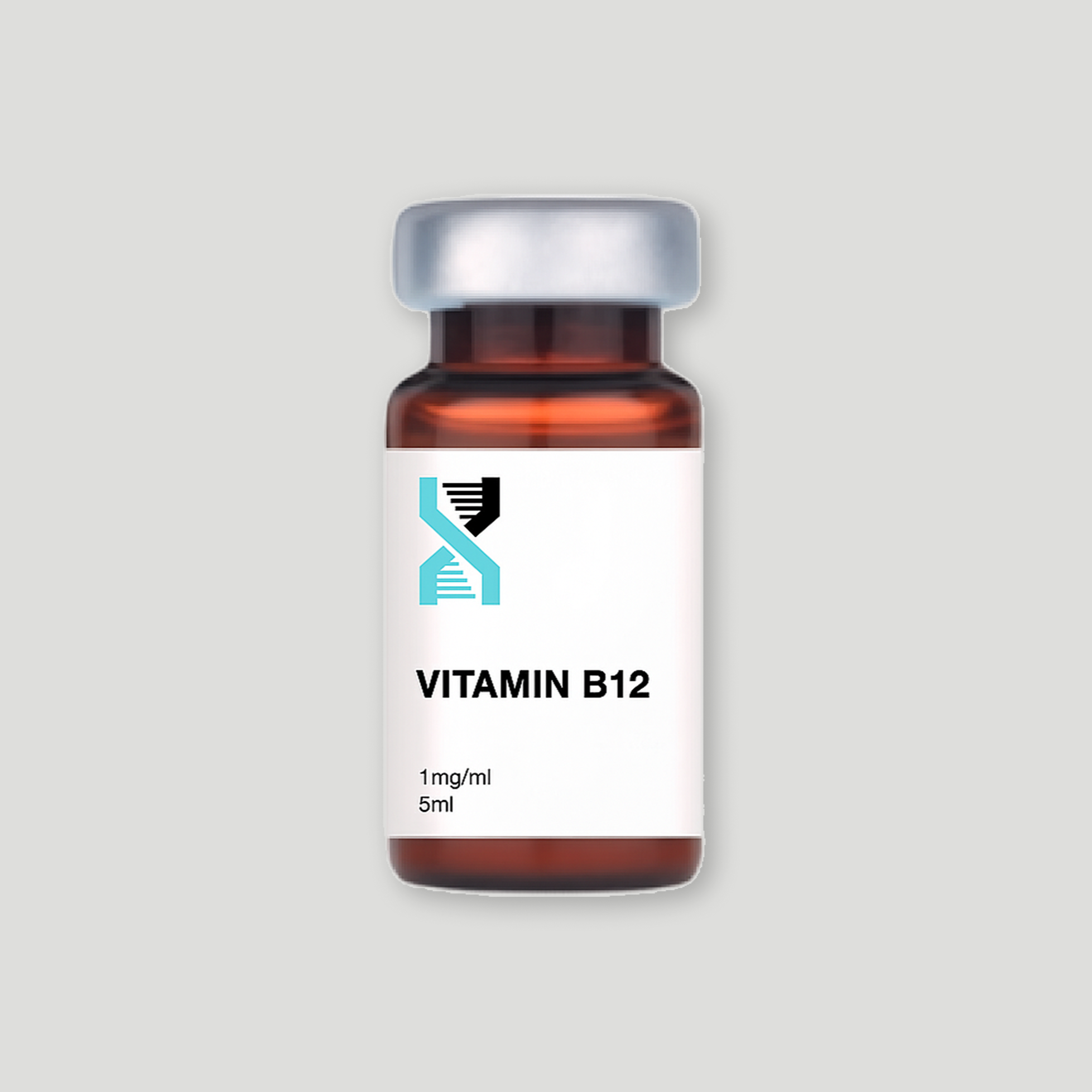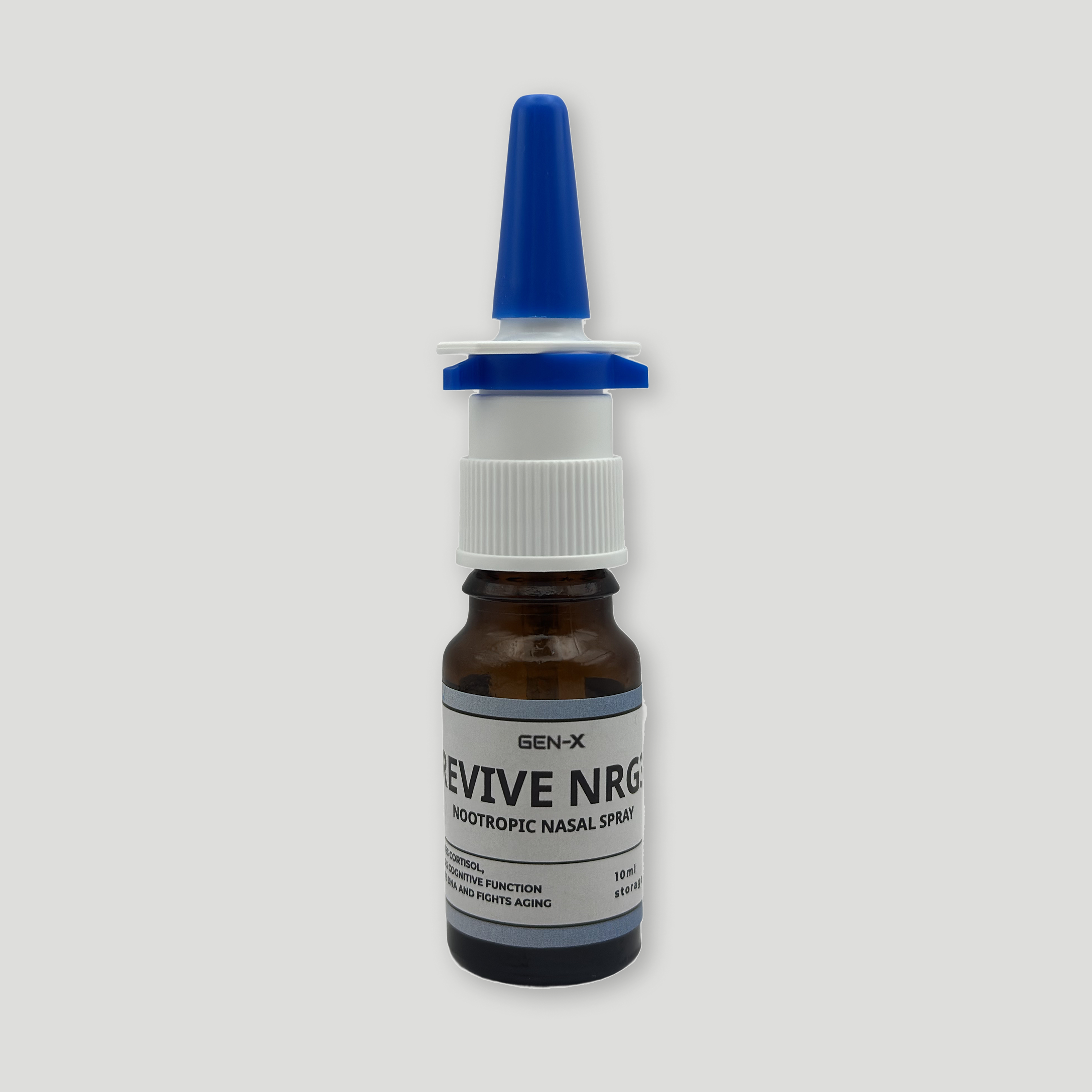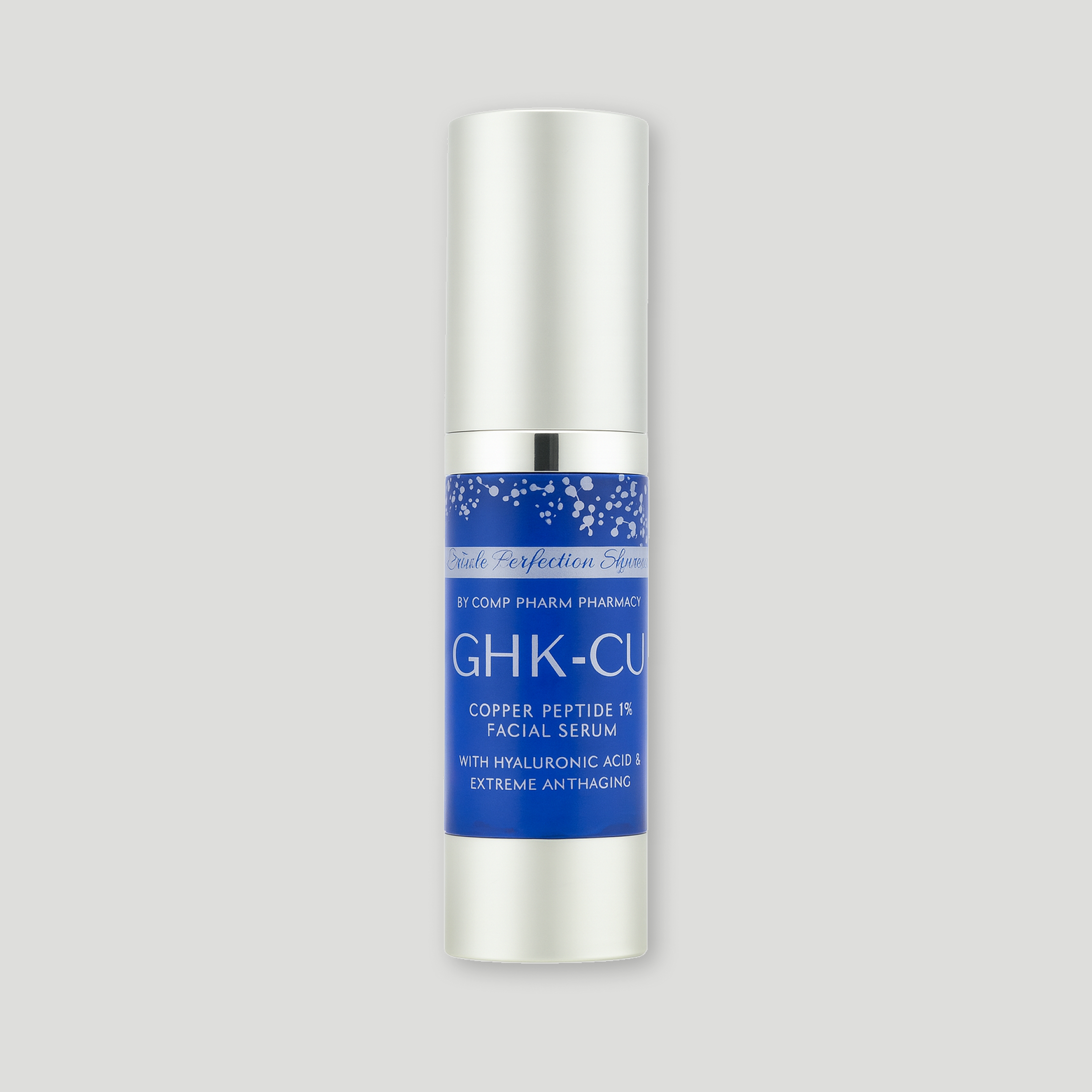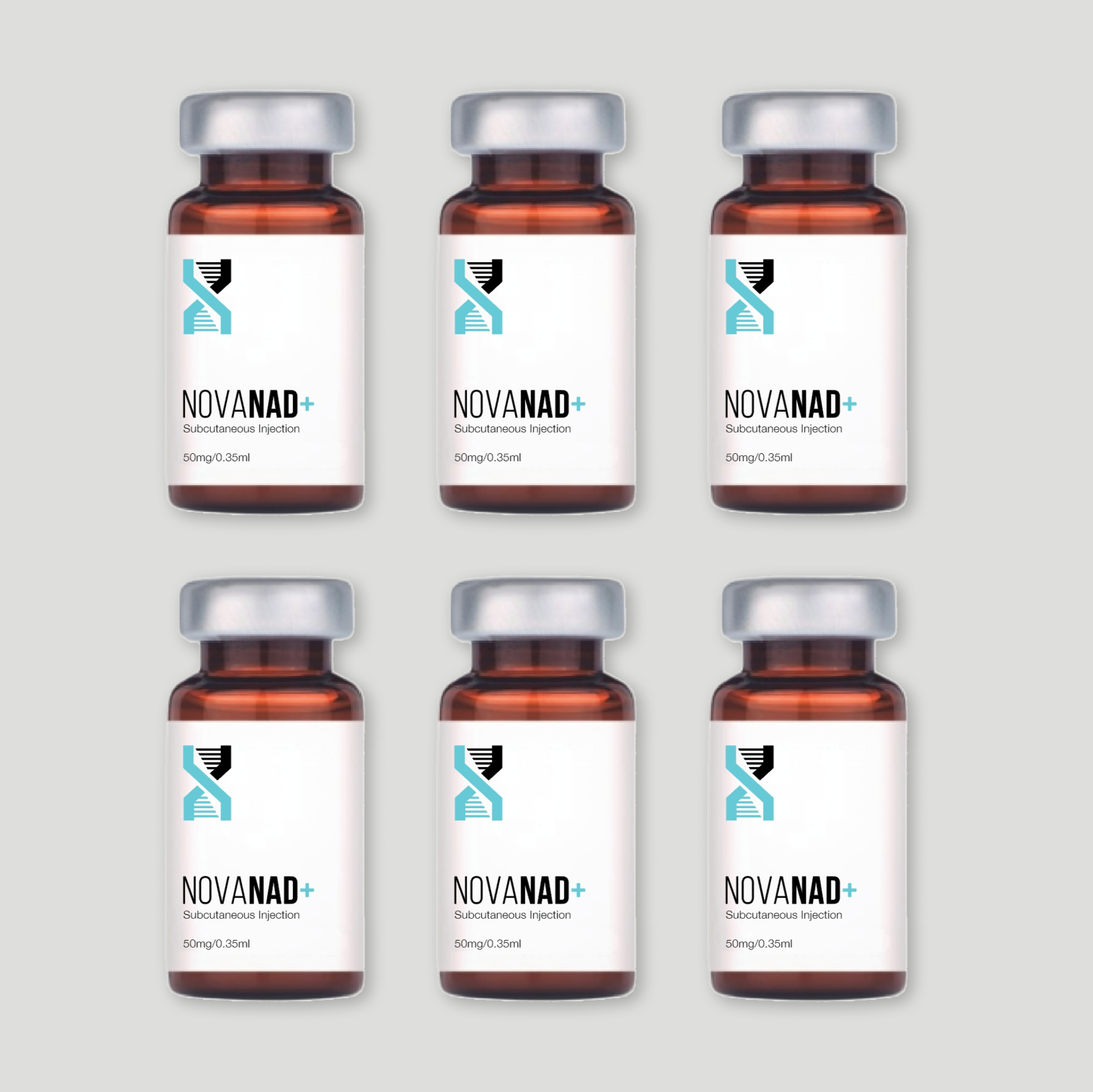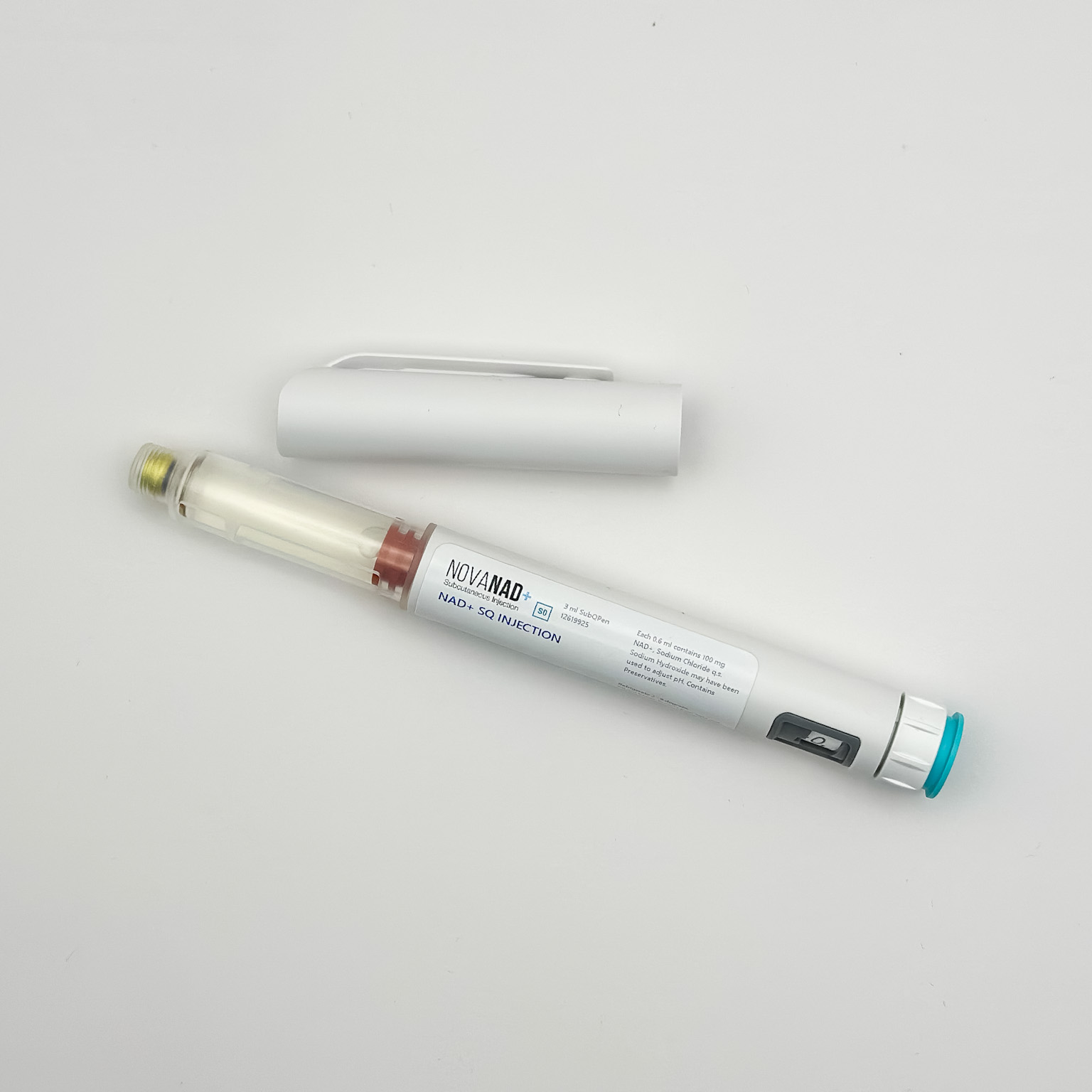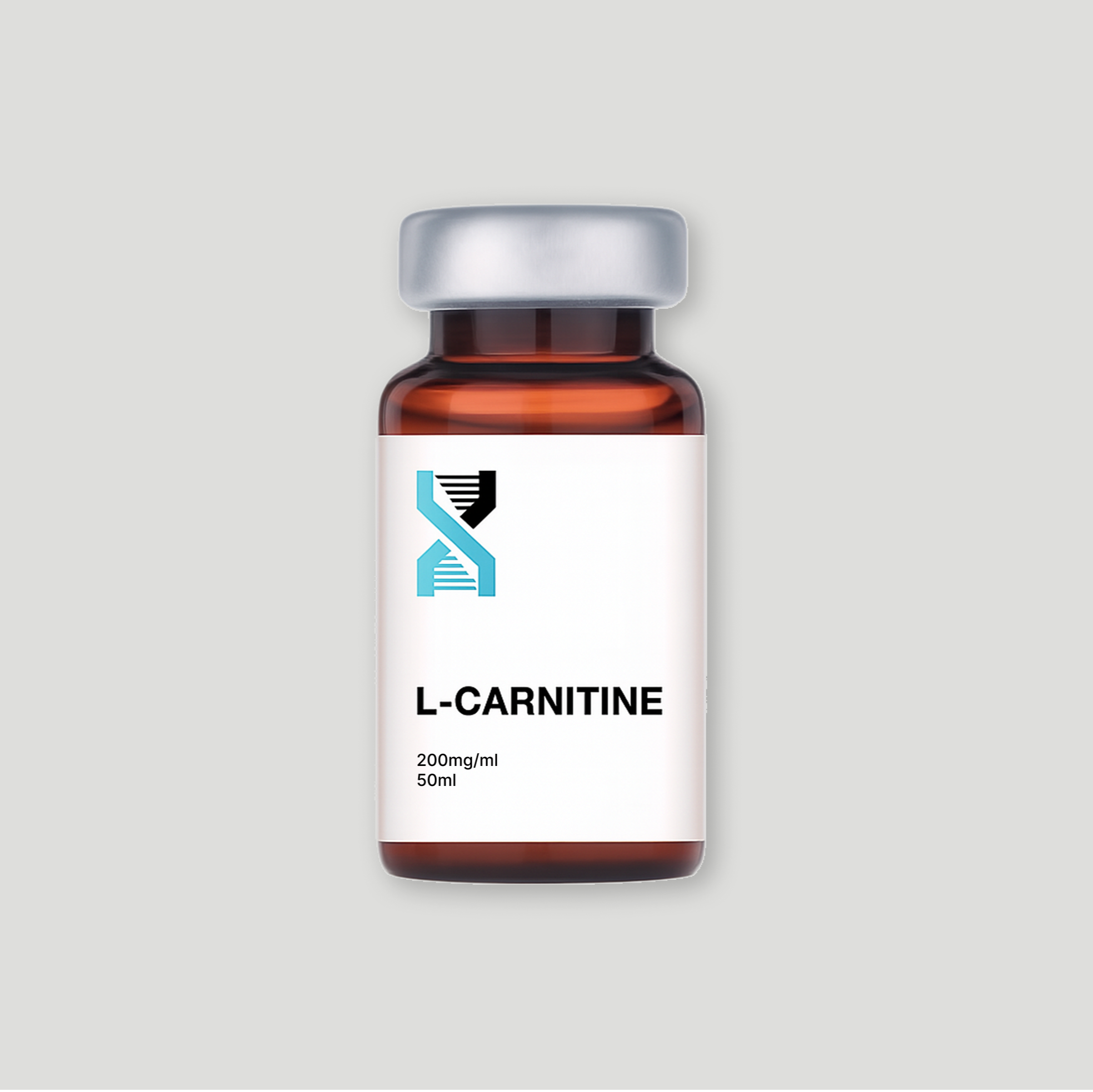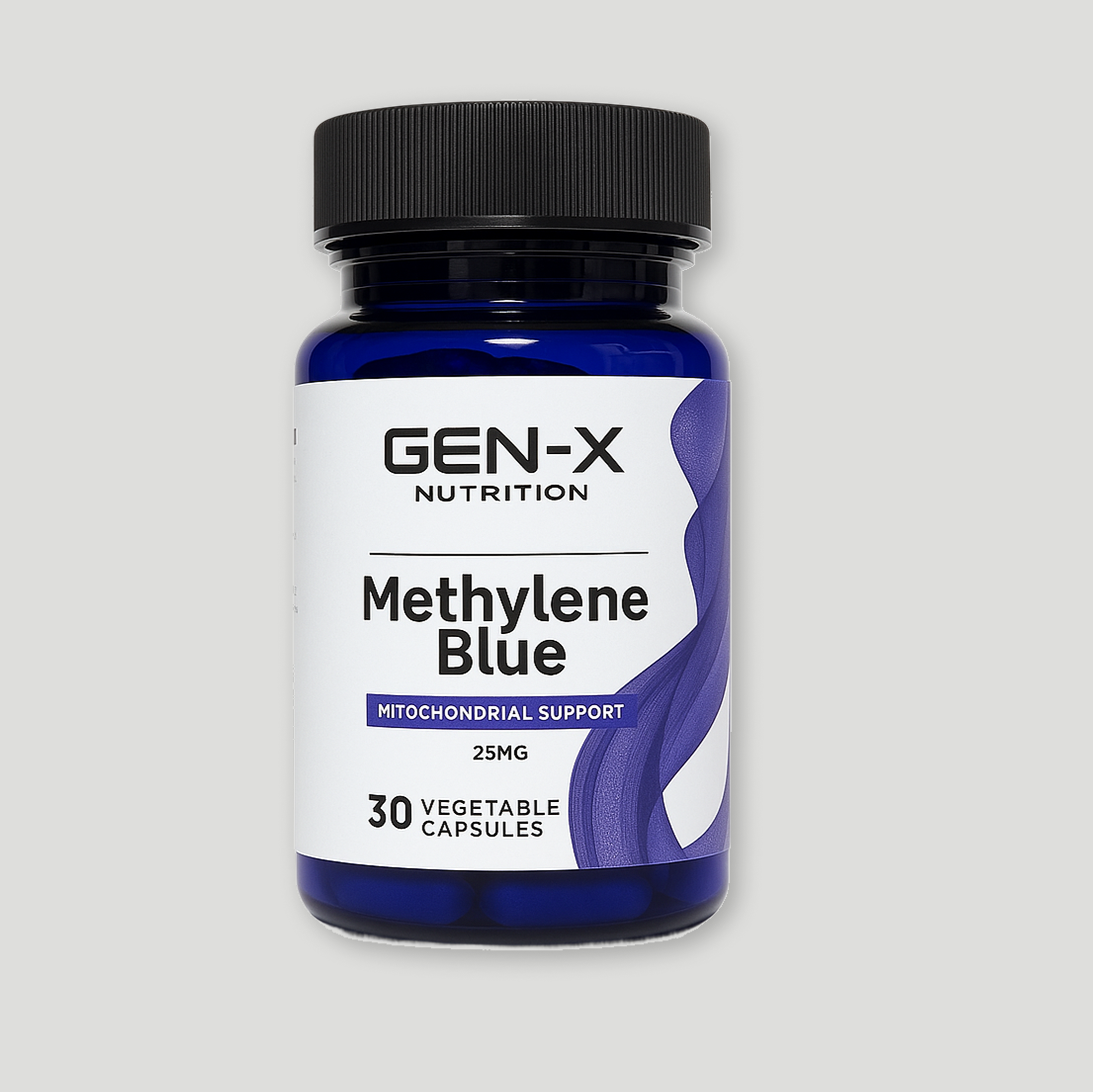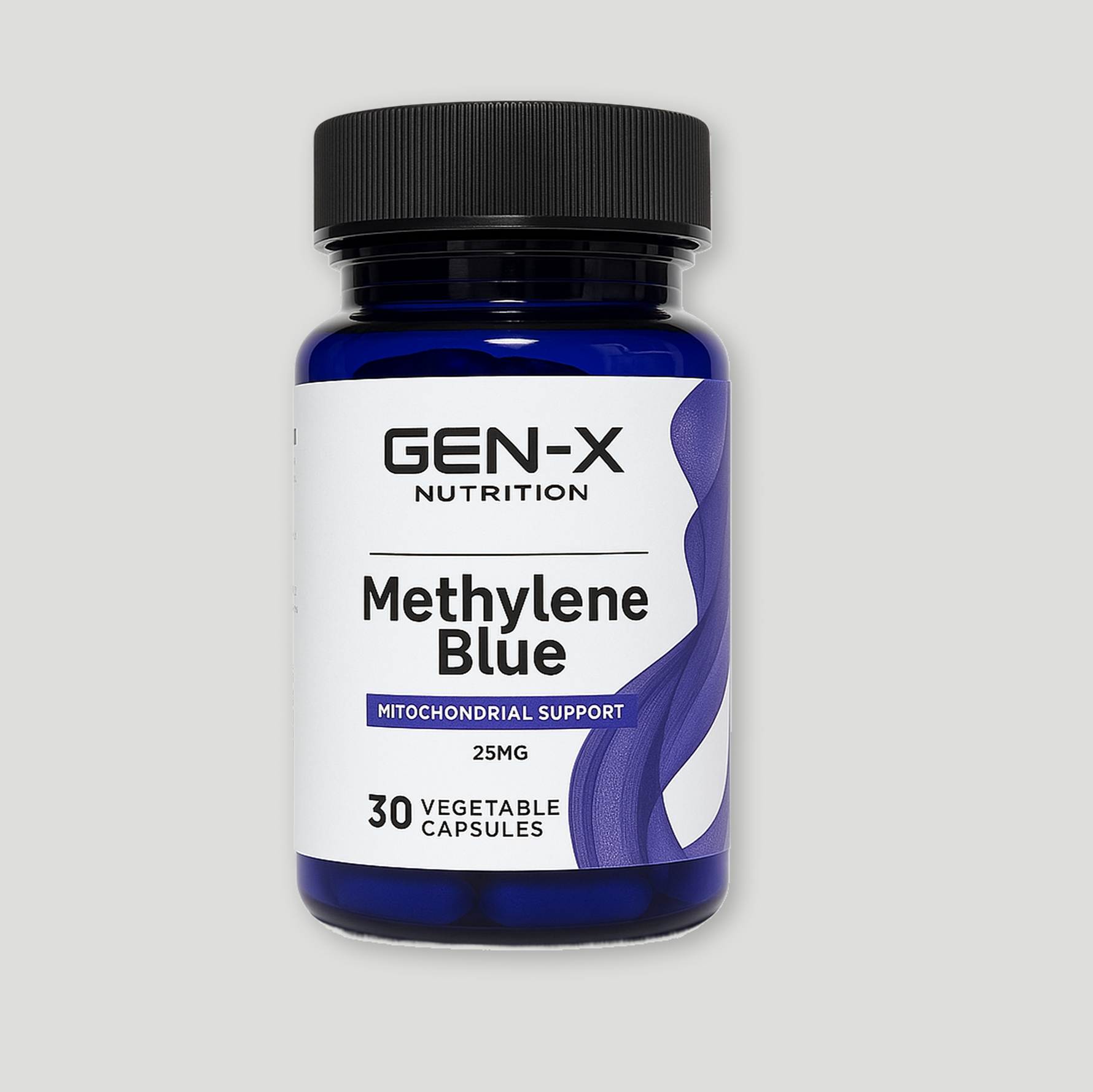
Methylene Blue 30 caps
R 499.00 ZAR
Unit price perOut of stock
Estimated delivery between October 21 and October 23. Order within .
Best offers
Instantly
Skin is hydrated, barrier is supported.
After 1 week
Skin feels smoother and softer. Hydration levels increase continually week over week.
After 2 weeks
Lines and wrinkles look smoothed, nasolabial folds look plumper. Skin's elasticity and suppleness are improved.*
*Clinical testing in 32 people, 2 x per day.
Share information about your brand with your customers. Describe a product, make announcements, or welcome customers to your store.
Share information about your brand with your customers. Describe a product, make announcements, or welcome customers to your store.
Frequently bought together.
Create a bundle and save up to 30%
Radiance Bundle
Add at least 3 items to get 30% Off
Your bundle is empty.


